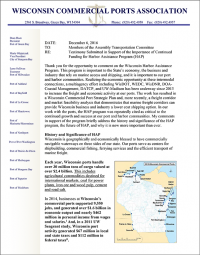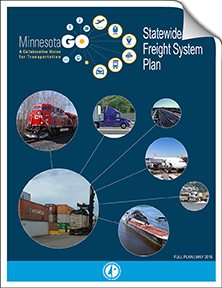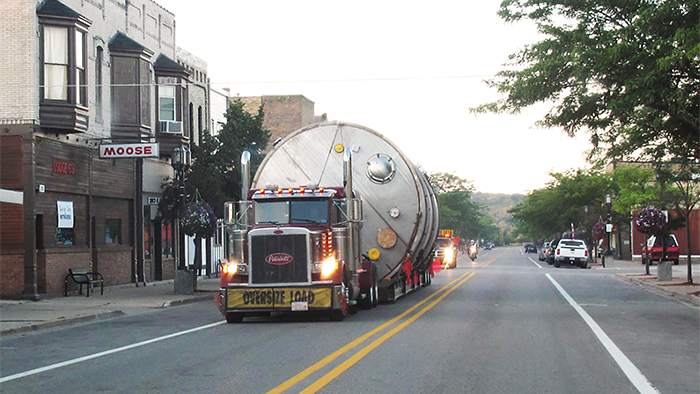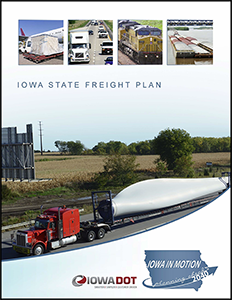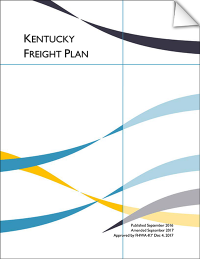Save the Date!! The MAFC 2023 Annual meeting will be held in conjunction with the OKI Conference on Freight! We hope to see you there! SAVE THE DATE! 2023 OKI Conference on Freight September 5-7, 2023 Hyatt Regency Cincinnati Sign up HERE to receive email updates on the 2023 OKI Conference on Freight.
Tag: Freight
In August, the MAFC technical representatives from the 10 member states met in Traverse City, Michigan for the 2018 MAFC Annual Meeting. This meeting was held in conjunction with the MAASTO 2018 conference, which dedicated a track to freight topics throughout the two-day event. The content for the breakout sessions in this track was driven by MAFC […]
The purpose of this report is to provide an understanding of truck platooning and how this technology can be adopted across MAASTO freight corridors in a uniform manner. Coordinated regulations across state boundaries will better serve and meet the needs of the industry. The overall goal is to develop a Midwest Truck Platooning Regulatory Model that provides for harmonization of regulations governing truck platooning across the MAASTO region.
The Mississippi River is a critical corridor for transportation of agricultural products and, in turn, is critical to the economies of the states that utilize the river to transport these trade goods. The report assesses the total impact of lock and dam closures along the Upper Mississippi River and then demonstrates how the cost the closures, or improvements designed to mitigate their impact on the highway side, compare with the cost of improving Upper Mississippi River control structures.
MAFC Program Administrator, Ernest Perry, PhD, testified last week to members of the Assembly Transportation Committee for the State of Wisconsin in support of continued funding for the Harbor Assistance Program (HAP). In his statement, Perry emphasized a multiagency effort that has been taking place for over three years to to increase the freight and […]
The 2016 Statewide Freight System Plan was released by the Minnesota Department of Transportation.
As directed by the FAST act, states and, in certain cases, Metropolitan Planning Organizations, are responsible for designating public roads as Critical Rural Freight Corridors (CRFCs) and Critical Urban Freight Corridors (CUFCs). The MAFC has completed a survey of member states for this purpose and is working on a report based on the findings.
Mid-America Freight Coalition member, Iowa DOT, released Iowa’s first dedicated state freight plan.
Two Mid-America Freight Coalition member states have completed their freight plans and are working to finalize them in July. The Iowa DOT and the Kentucky Transportation Cabinet have draft plans available on their websites. Kentucky The 2016 Kentucky Statewide Freight Plan and Executive Summary is available for review and comment through the end of June. […]
Have an opinion about the future of rail in Wisconsin? Fill out the State Rail Plan 2030 Questionnaire. For more information about the Wisconsin Rail Plan 2030, go to www.wisconsinrailplan.gov.



